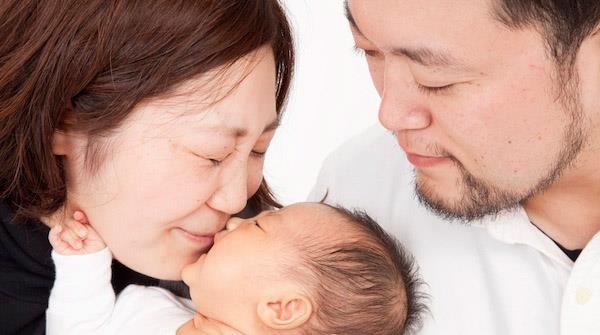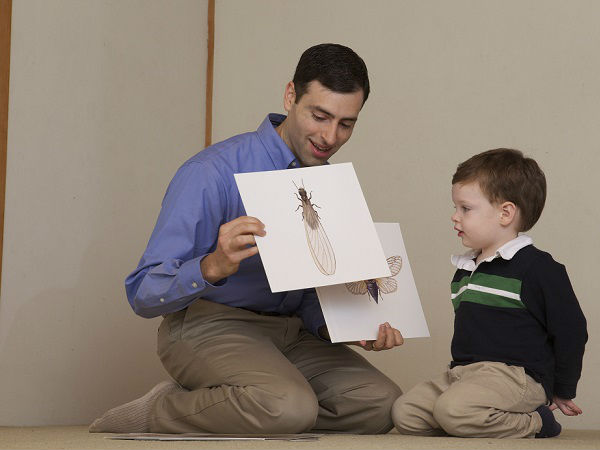While each child has a developing rhythm, you can keep track of key landmarks to see if your child is missing a beat compared to peers. As a parent, you need to know when to wait and when to intervene in that development.
Actively monitor your child's development
Many young parents today grew up in an era of "wait and see". According to the concept in previous times, parents are not too focused on the important developmental milestones of their children, but only wait until their baby really has problems in the development process. This has been changing in recent times.
It's true that babies and toddlers have their own personal growth rates. Most babies still experience the same developmental milestones, only a few grow more slowly or faster than their peers. That said, there are benchmarks for growth at each age. Comparing between these milestones and the baby's age, we can assess relatively accurately about the baby's development as well as know when to intervene.

As soon as your baby is born, you must check for symptoms associated with your baby's development
Seeking expert help
Two things have changed and have helped modern parents. First, researchers have brought a more sophisticated understanding of the child's developmental pathways and early symptoms of potential problems including autism, speech delay, and motor system delay. Second, early intervention is becoming more and more effective and can be done with children at a younger age. Intervention helps to make huge changes in a child's life.

Children with developmental delay: How to recognize? It is not difficult to recognize the baby's new advances such as being able to laugh, eh, flipping, crawling ... But the signs of slow growth are somewhat "quiet" and they are often overlooked. Here are some indicators of developmental delay to help mothers better monitor their baby's health
Pediatricians are trained to know the fundamental developmental steps well at each age. If your pediatrician recommends a developmental assessment of your baby, that doesn't mean your baby needs intervention. Maybe the conclusion of the assessment will be "wait and see". With the sophistication of the evaluation methods coupled with the high success of the early intervention method, it is best to let the experts in when necessary.
What is early intervention?
Early intervention is known as a system of measures aimed at helping infants and young children with developmental delay or disabilities. Early intervention helps children afford to learn important skills in the first 3 years of life such as:
Motor skills (stretching, rolling, crawling, walking)
Cognitive ability (thinking, learning, solving problems)
Communication (speaking, listening, understanding)
Social / emotional skills (play, feeling safe and happy)
Self-help (eating, dressing ...)

Why do mothers need to focus on the first 5 years of their baby? Did you know that the first 5 years are the period when the young brain develops stronger than at any other stage in life? Everything from what babies see, hear, touch and smell will stimulate this development and create millions of connections.
When the baby has been checked and evaluated, experts will offer measures to help the baby in different aspects such as:
Provide assistive equipment
Teaching children to learn languages
Medicine
Nutrition
Labor therapy
Physical therapy
Mentality
As soon as you are unsure whether you should continue to wait or act immediately to interfere with your child's development, don't hesitate to talk to your doctor. The early exchange will help the mother relieve the insecurity and find the appropriate and timely support for her child.














